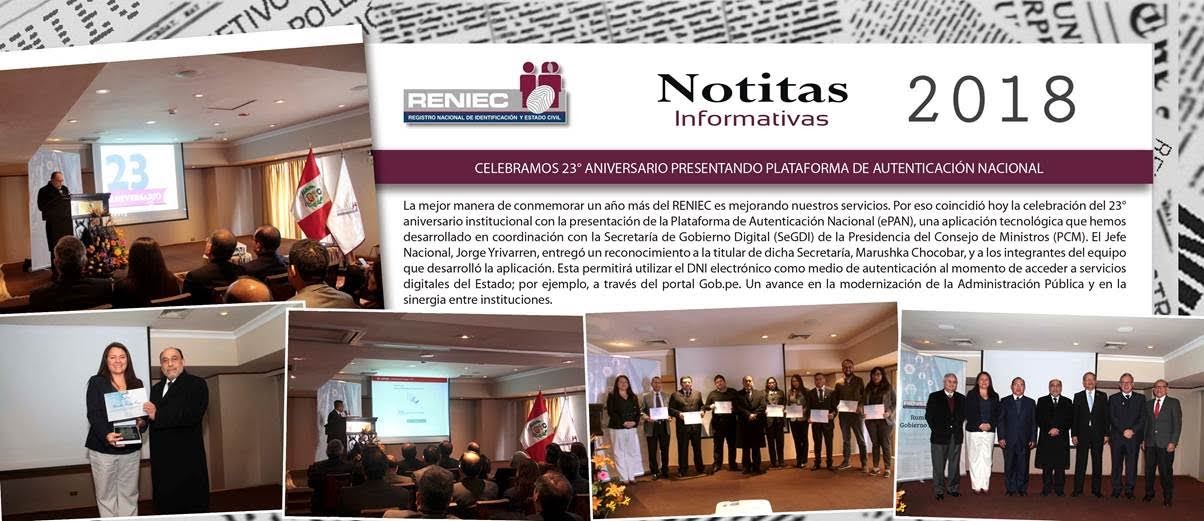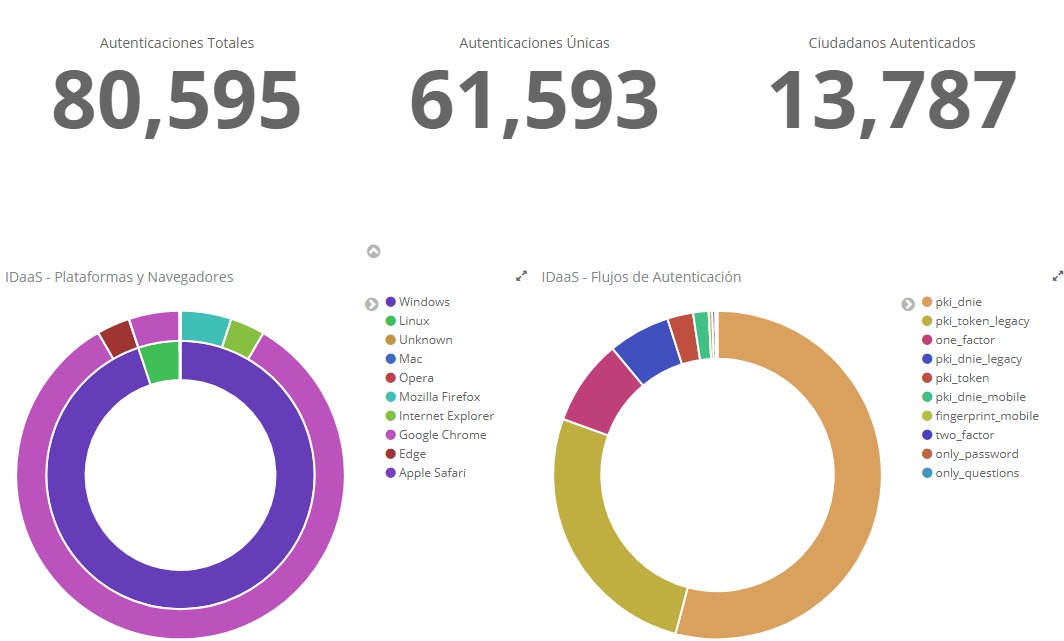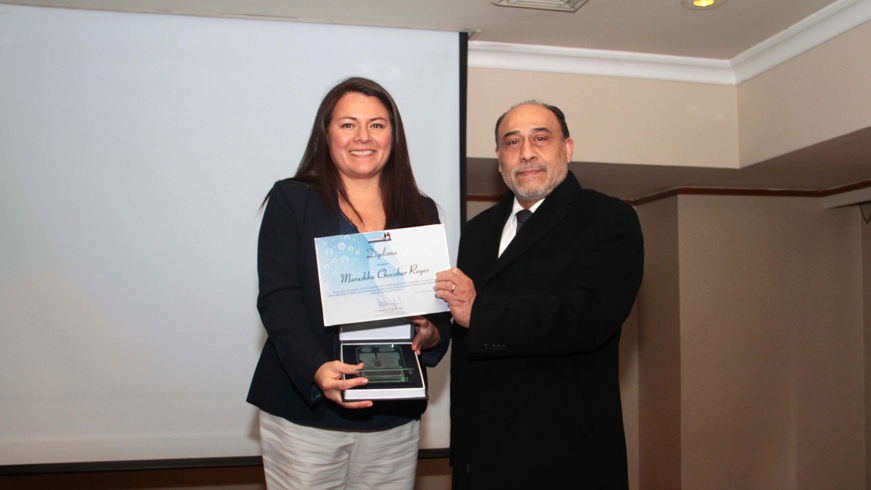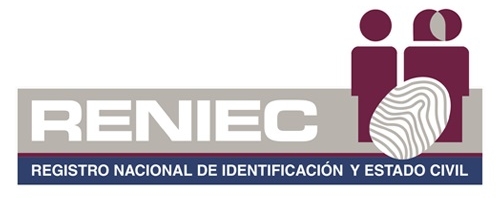
Digital Authentication Service.
The first digital identity for Peruvian citizens and government institutions.
Technology
Government
UX
Identity
Brief summary
In Peru, 99% of the population has a National Identity Document (DNI) to authenticate themselves and access government services. With the increase of digital services, each public institution had to develop its own digital authentication methods. But without much expertise, these institutions ended up demanding citizens to create multiple usernames and passwords to access each governmental portal. As a joint collaboration between RENIEC (National Registry of Identification and Legal Status) and the Gob.pe team, a national platform was created to provide Identity as a Service to public institutions, reducing their investment in authentication technology and providing citizens with a single “national password” linked to their DNI’s. Based on insights about citizen’s perceptions about their digital identities, this model guarantees respectful and convenient access for citizens. It also allows public institutions to delegate authentication to the experts and focus on providing better services in their own areas. The service has been launched recently in 2019, and so far has been used for over 80,000 authentications nation-wide.
My role
Leader of the inter-departmental team, conducting research, designing and testing the service and developing the beta version. I was held accountable for the results and had to teach inexperienced public-servants to work with a citizen-centered approach and using agile software development.

Designer

RENIEC

Developer

UI

UX

Developer

RENIEC

RENIEC

RENIEC

RENIEC

Mentor

Challenge
How might we design an inclusive and secure digital authentication cross-government platform to provide Peruvian citizens a digital identity?

Design Principles
Easy to integrate
So more institutions are able to incorporate it into their services, regardless of the technology they use, reducing the number of passwords citizens need to remember.
Security relative to risk
Helping institutions choose the right authentication methods’ proportionally to the potential risk for citizens.
Responsive and intuitive interface
So it can be used by anyone, on any device, regardless of their digital literacy.
Consistent user experience
So it can be coherent with the new government UX/UI standards and guarantees a seamless interaction for citizens.
Integrated overall service
Including physical and digital touchpoints to adapt to Peru’s different territories and populations.
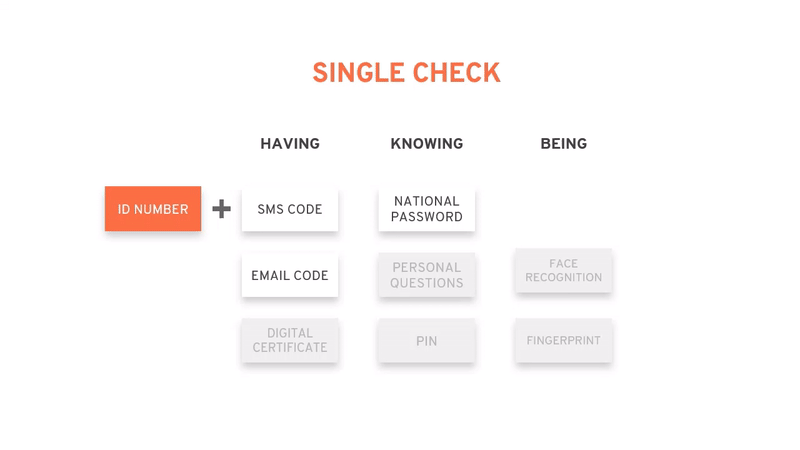
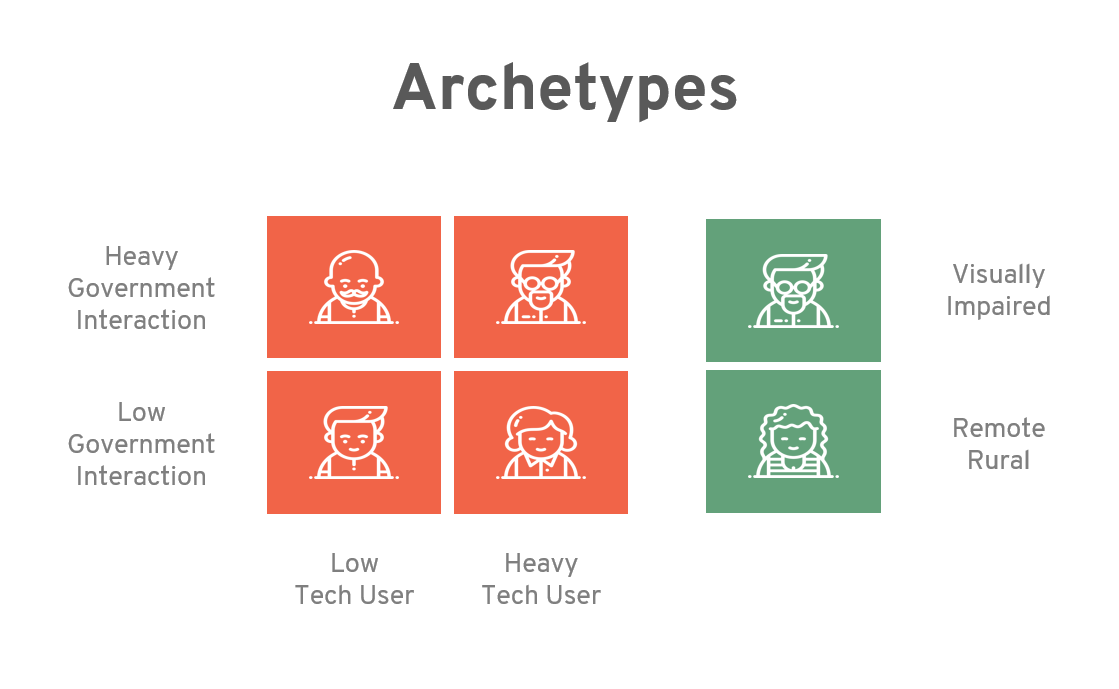
Process
Ethnographic research, Literature review, Technology assessment, Insight development, Design principles, User experience design, Wireframes, User testing & iteration, User story definition, Agile Development (SCRUM), Service Design Guidelines.
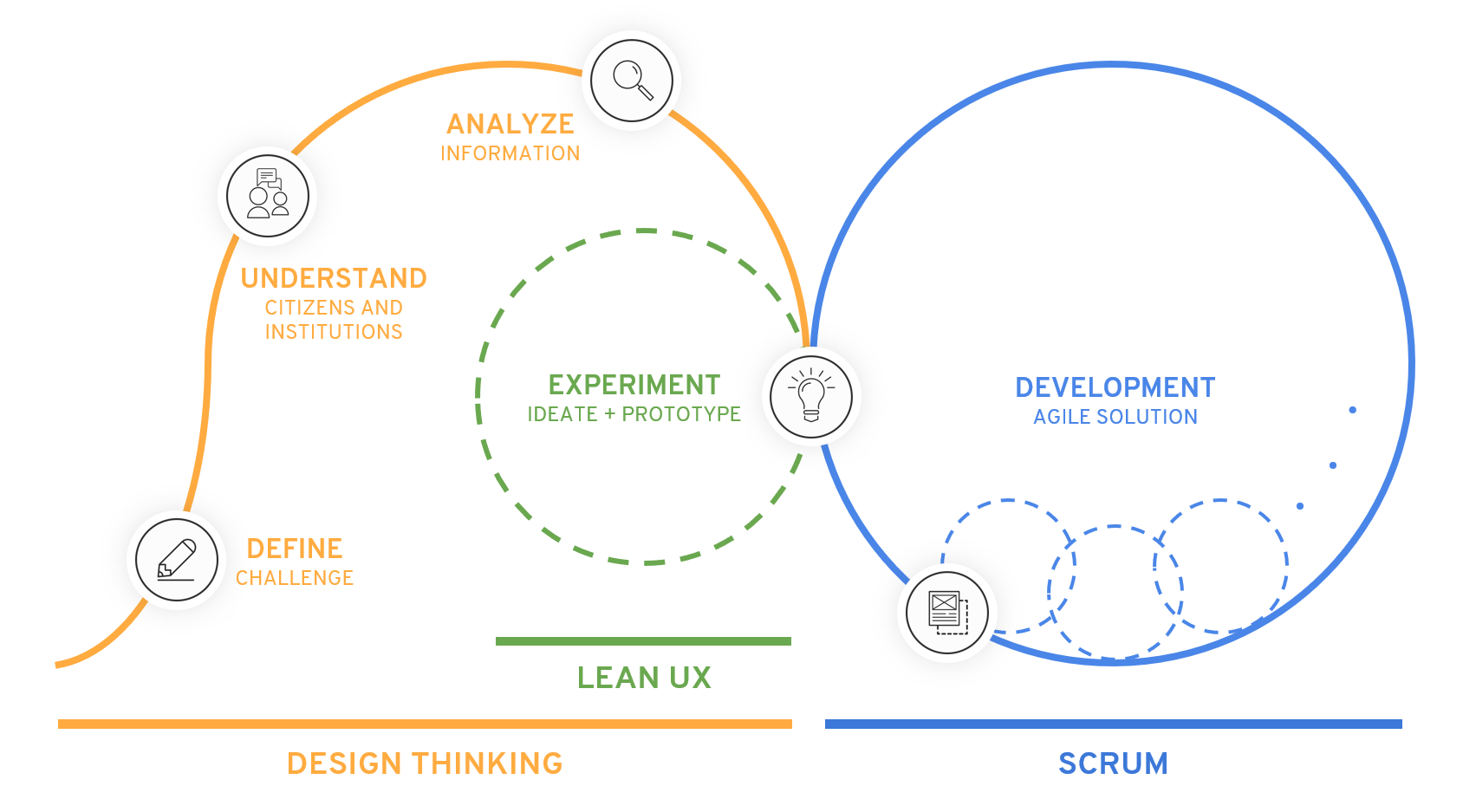
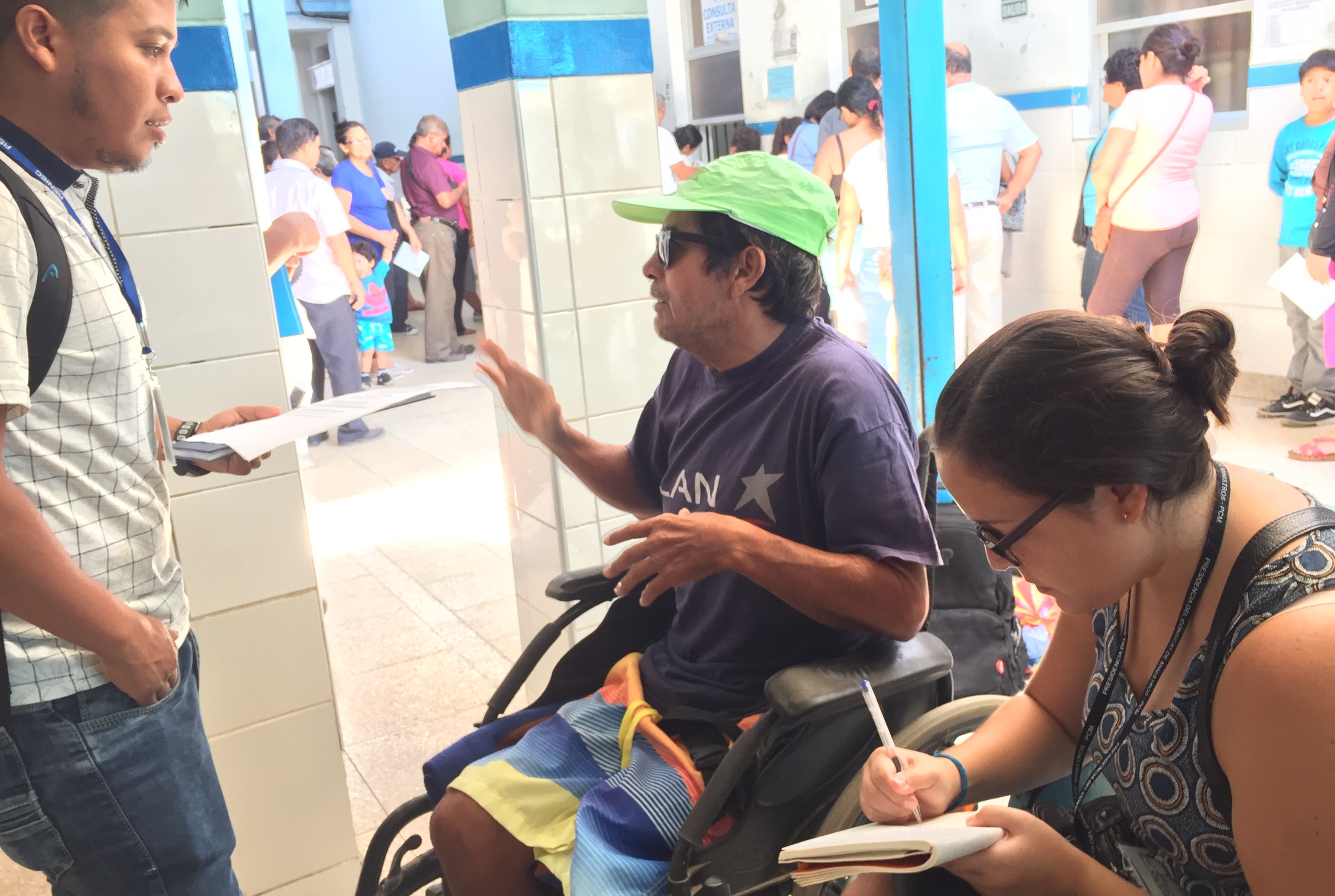
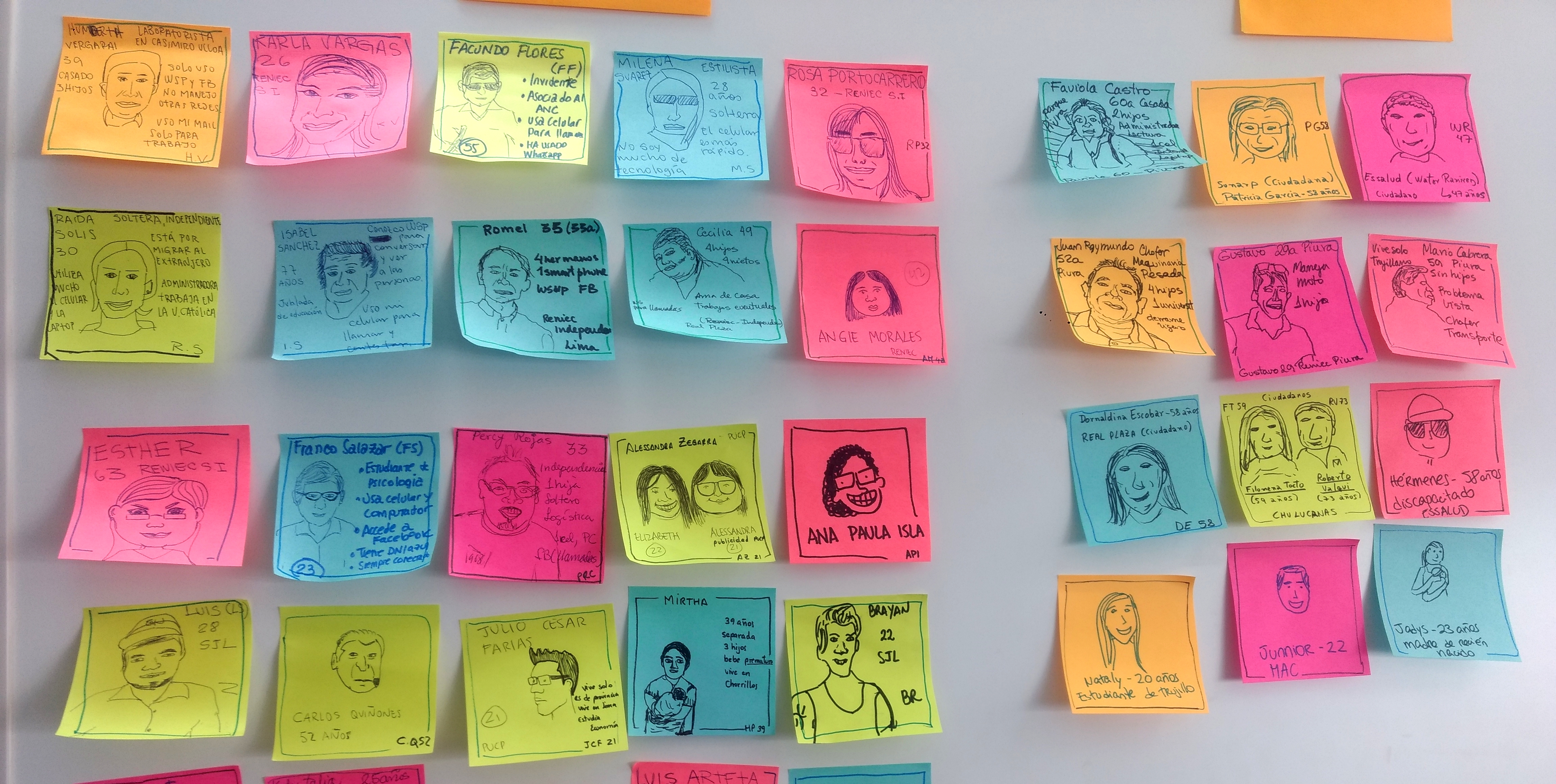
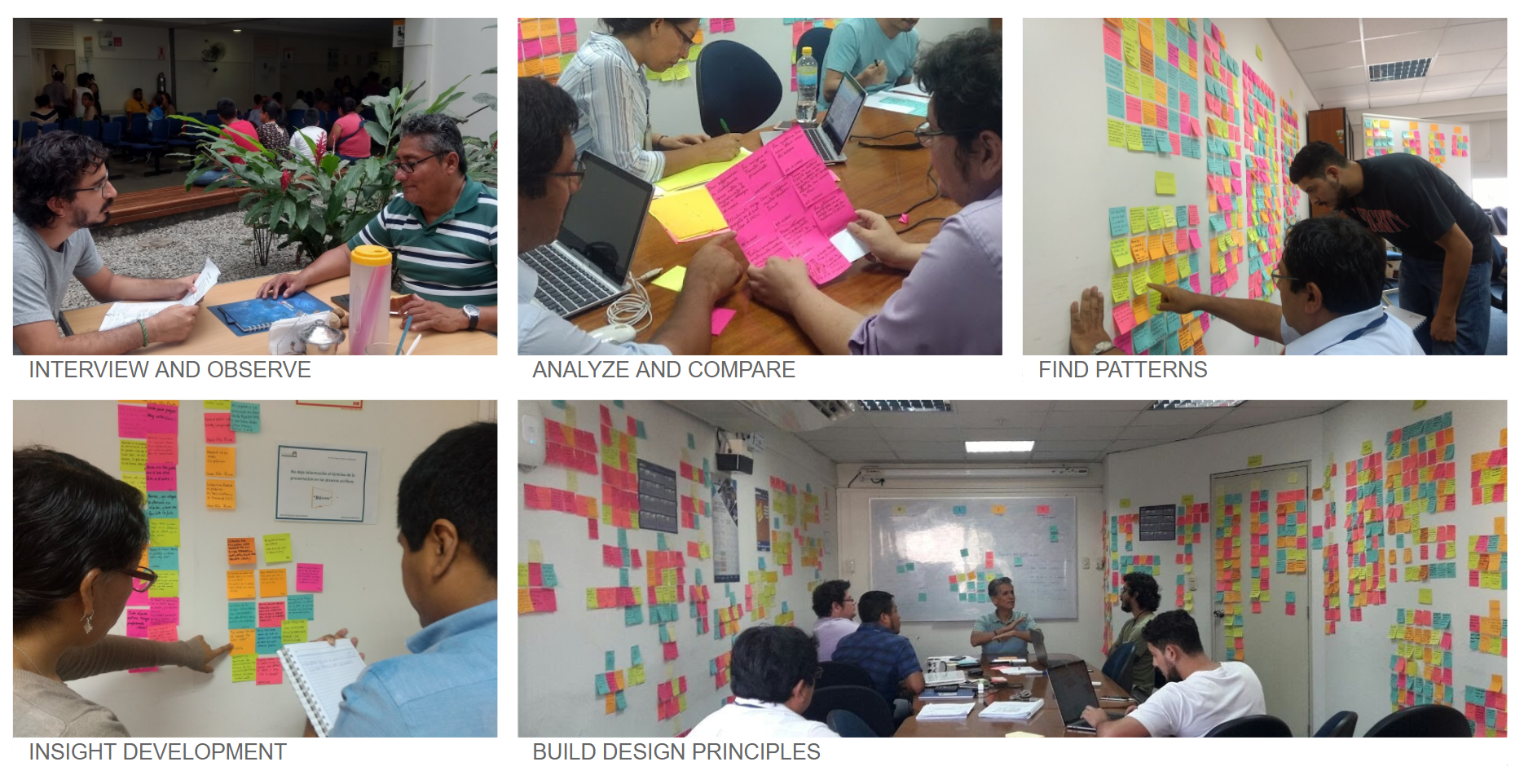
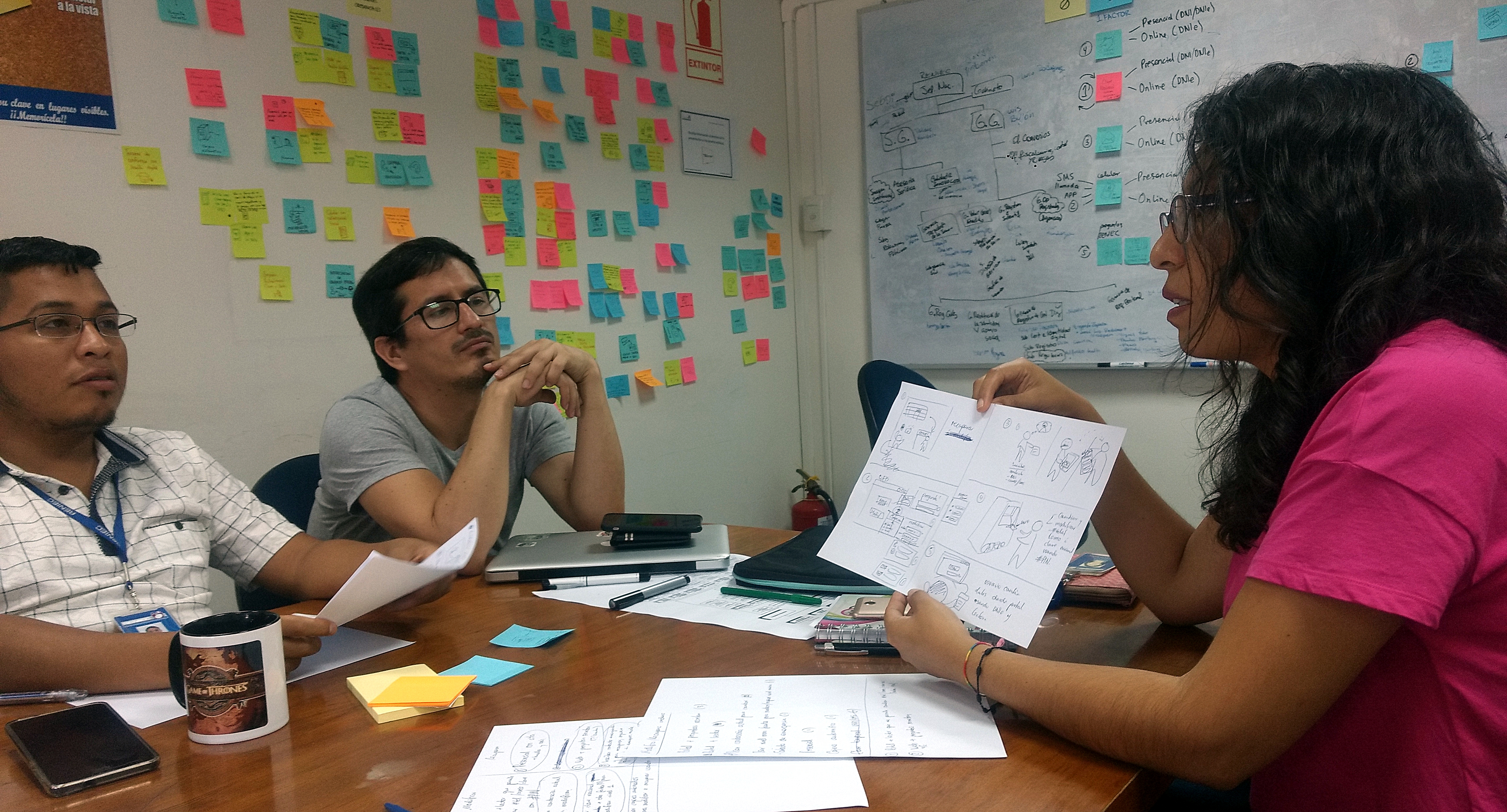
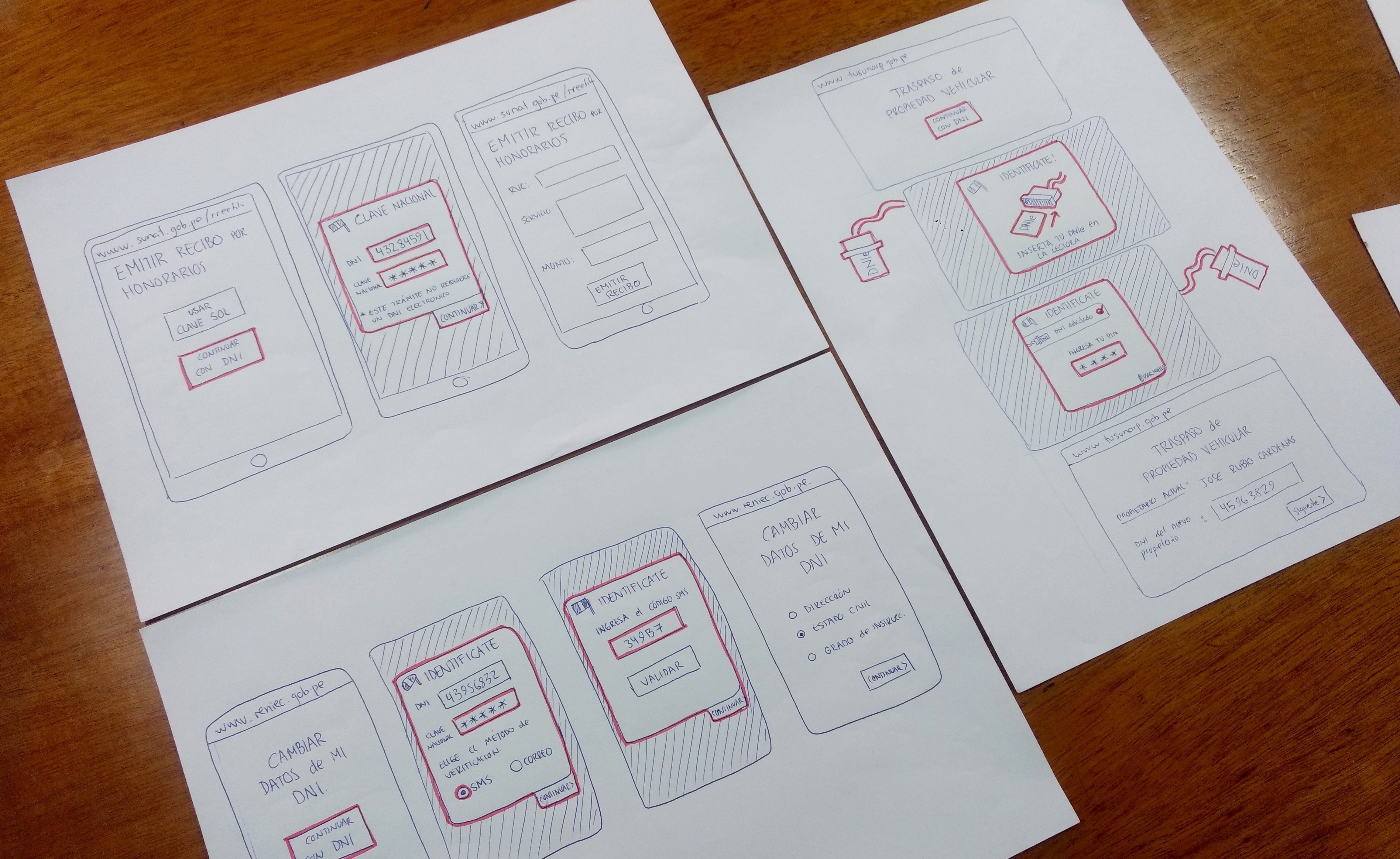
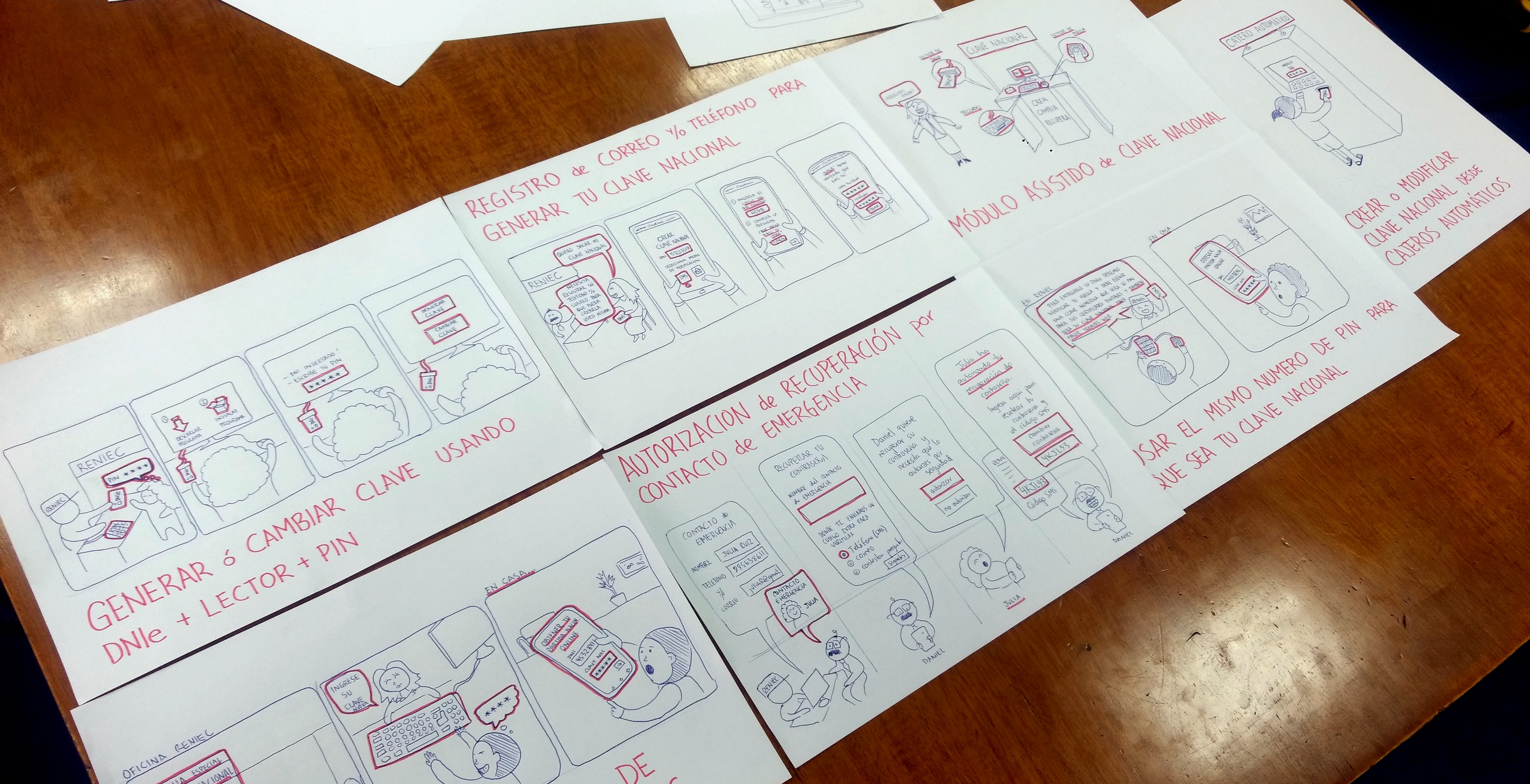
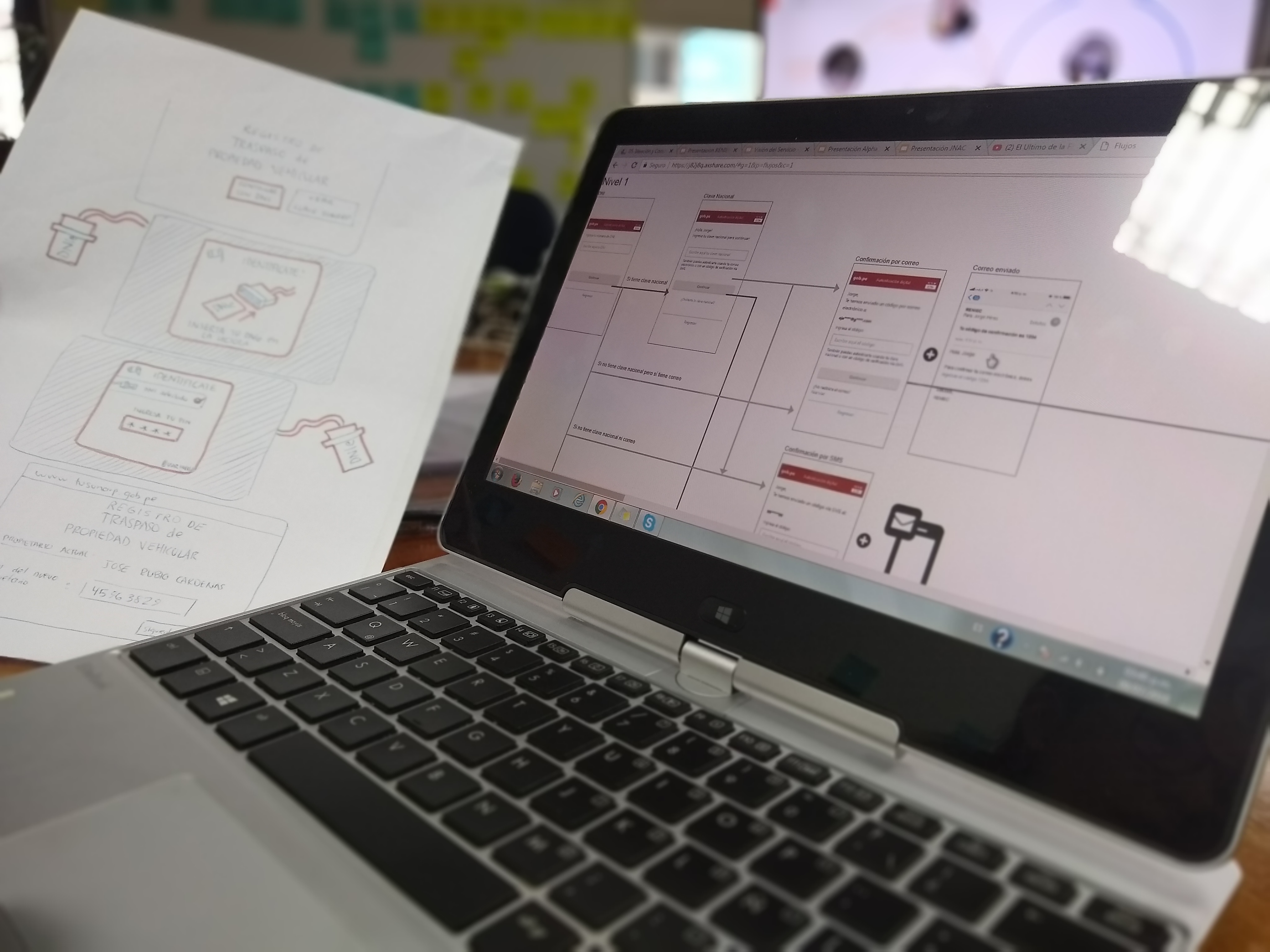
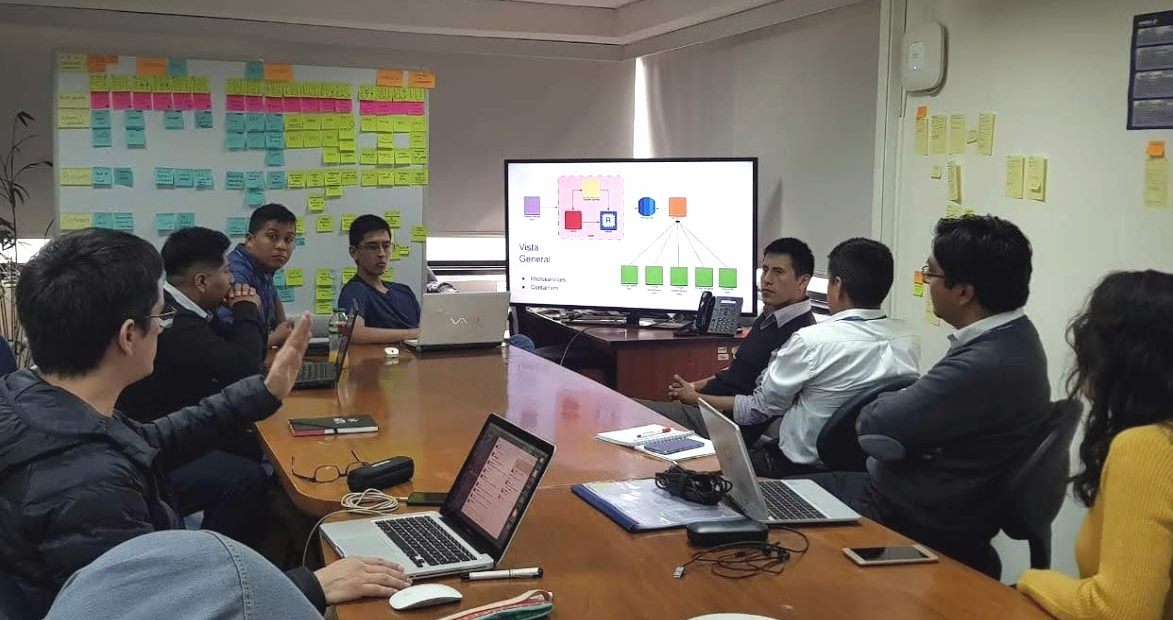
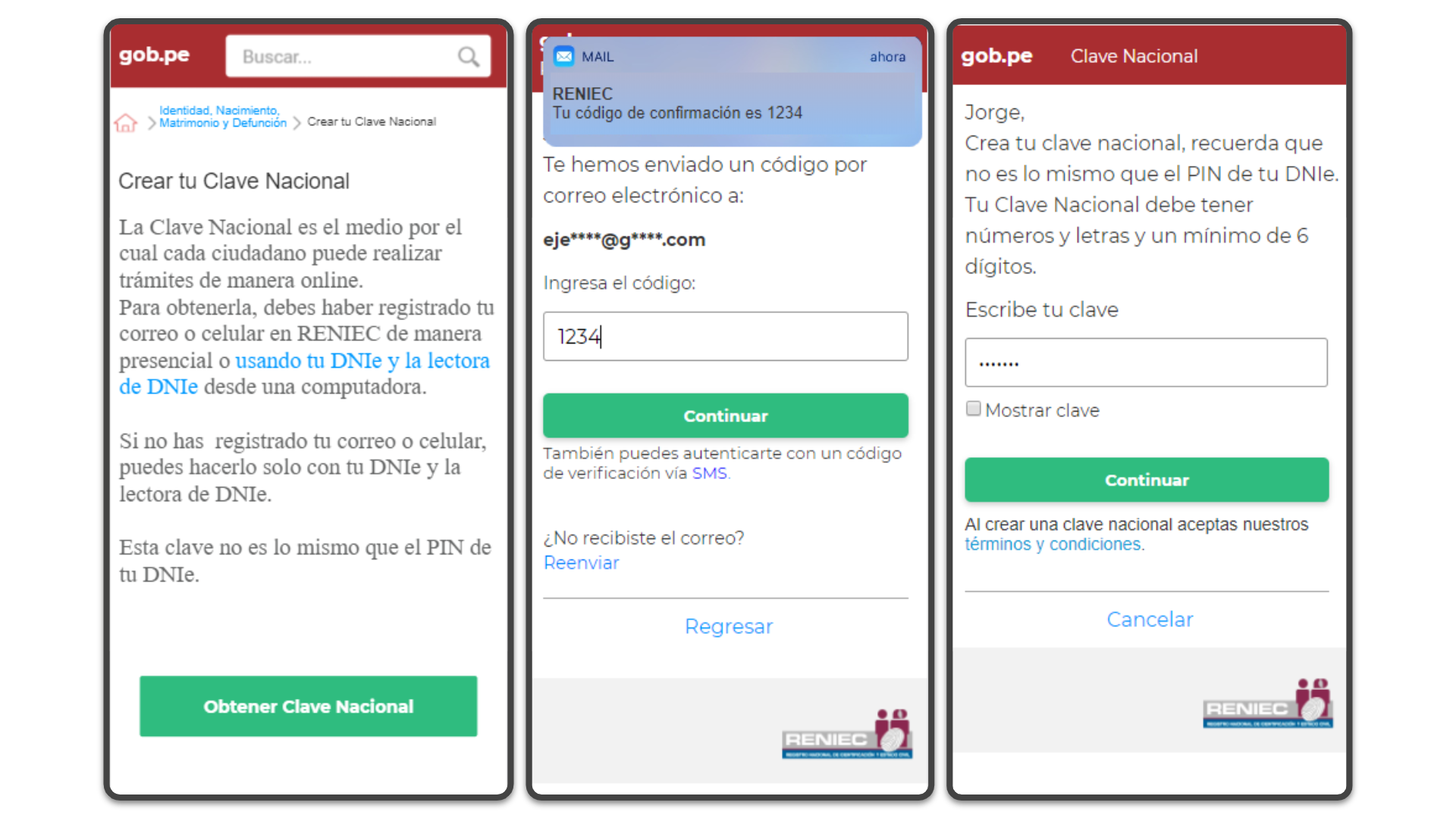
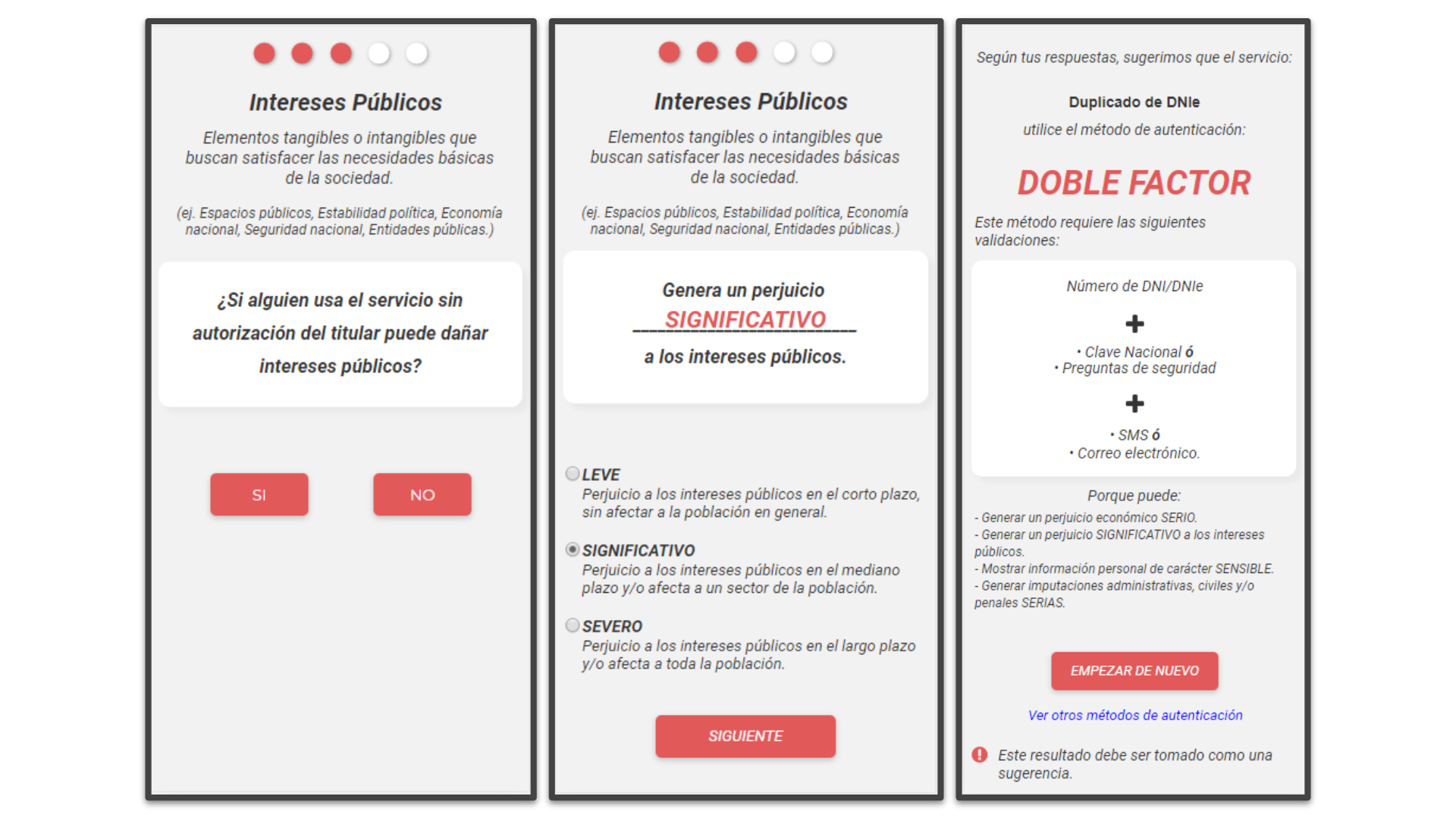
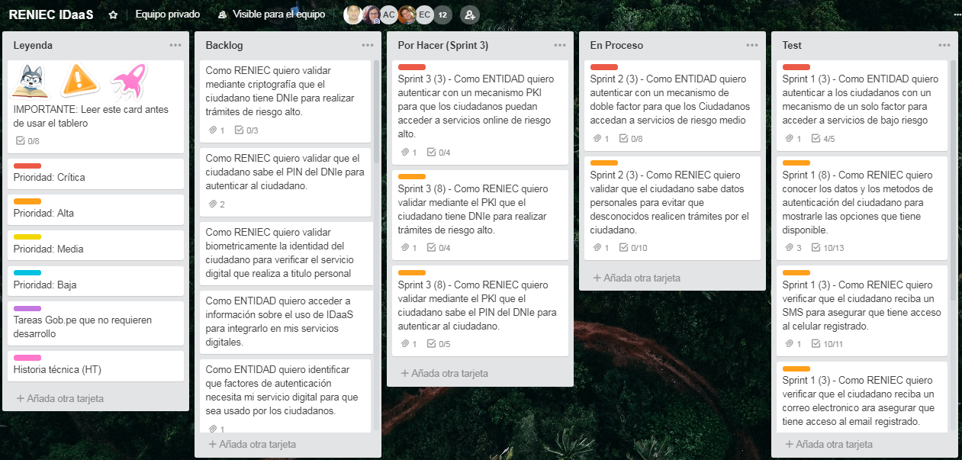
Design
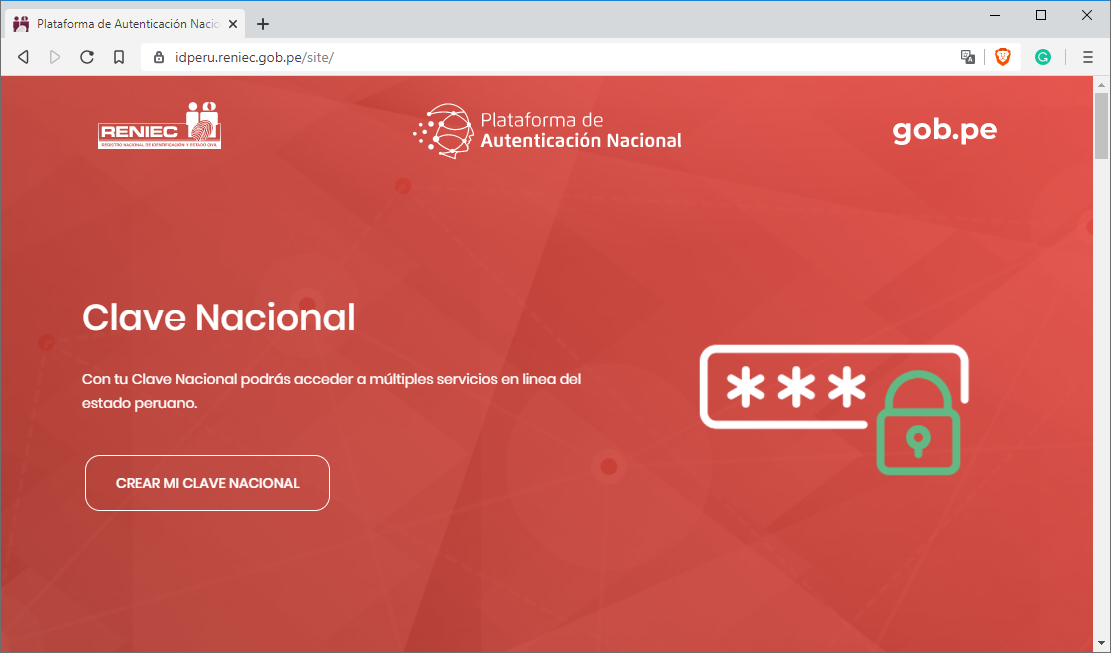
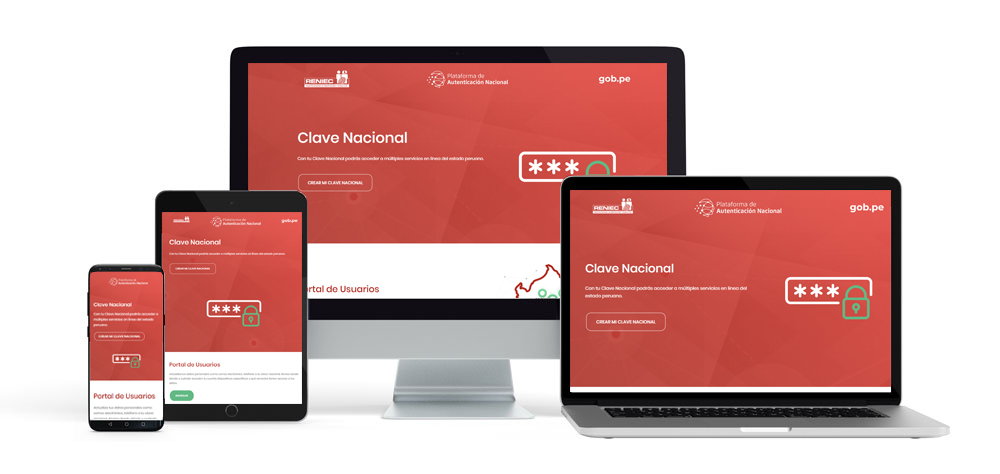
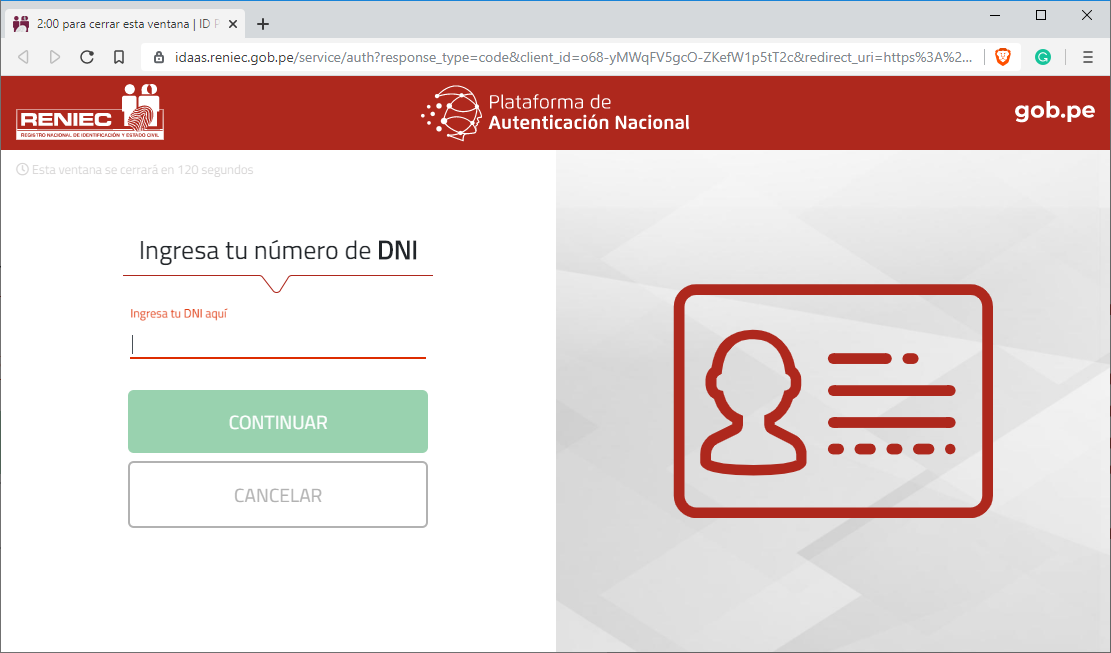
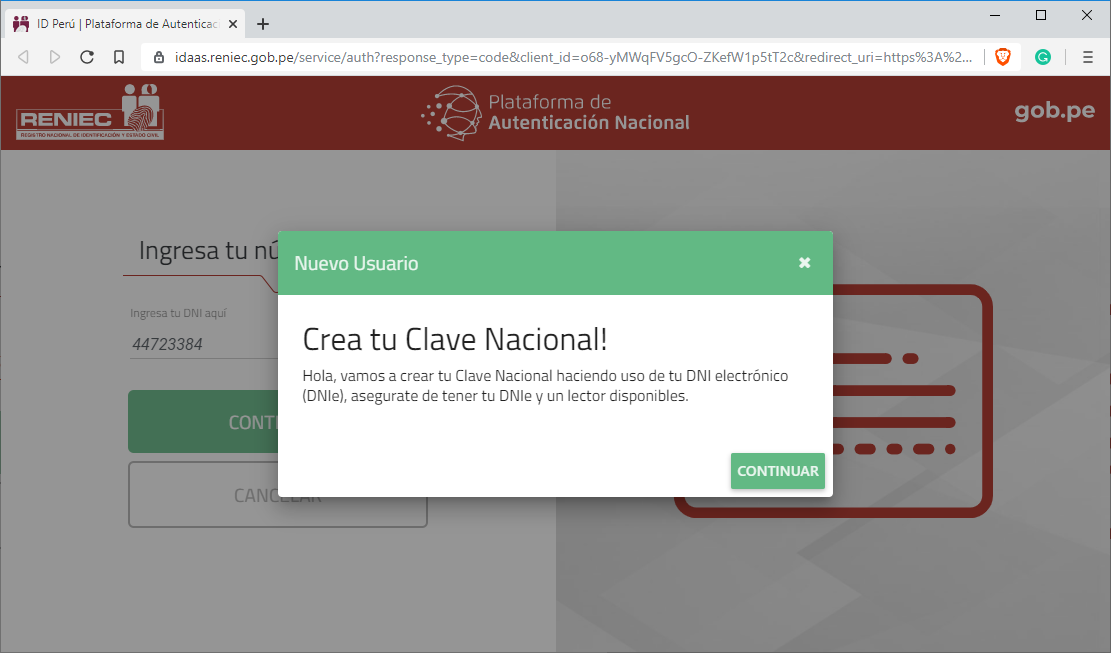
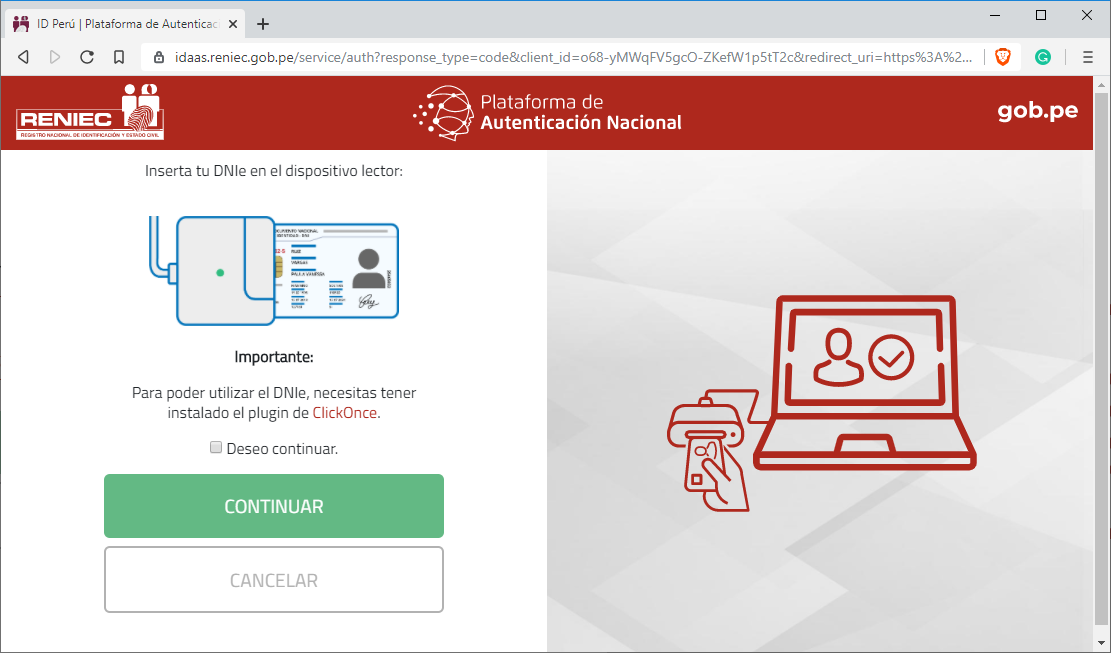
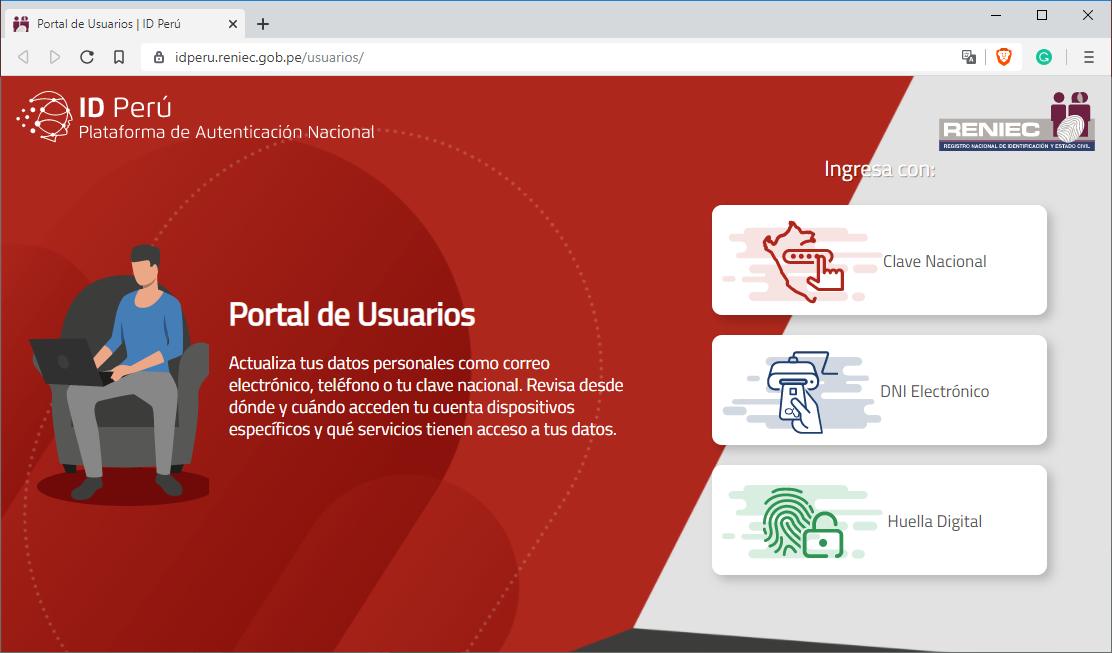
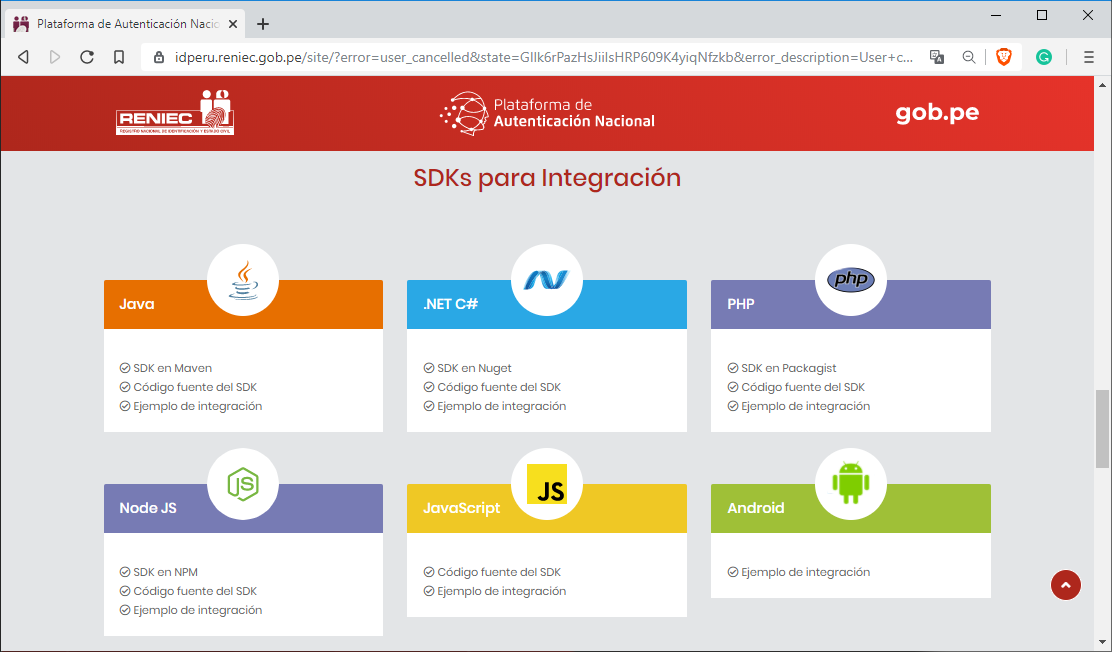
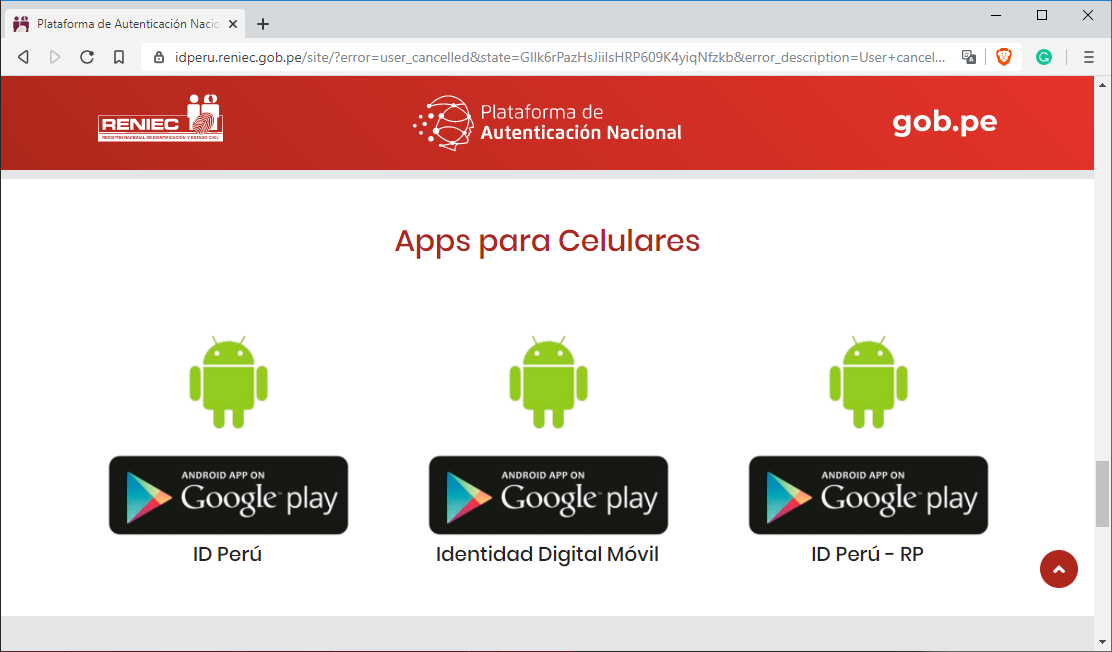
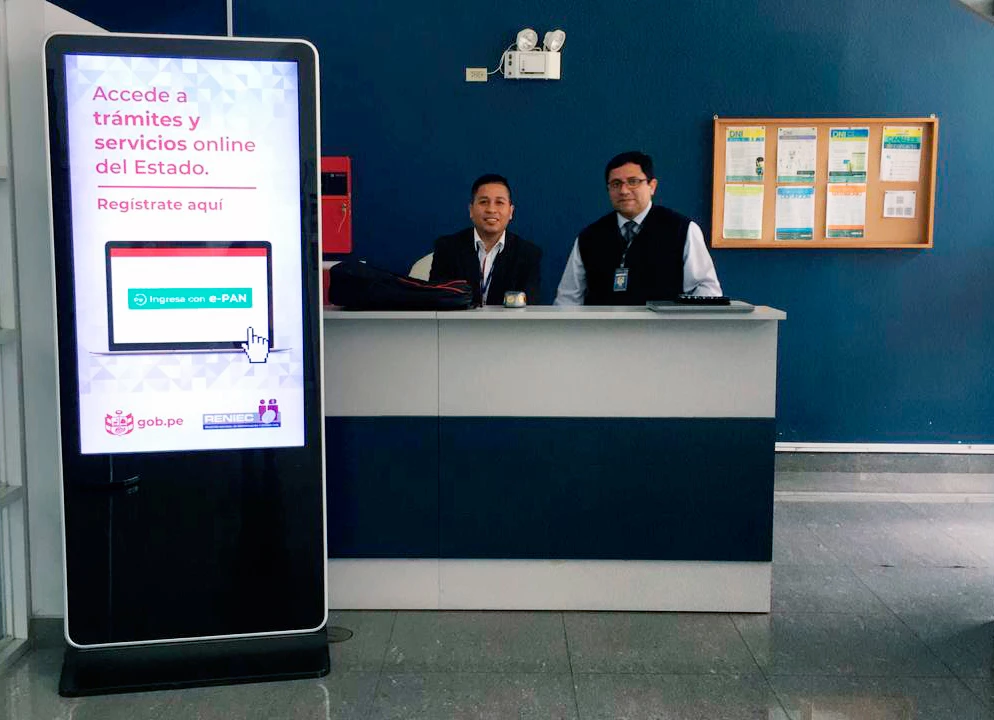
Impact
